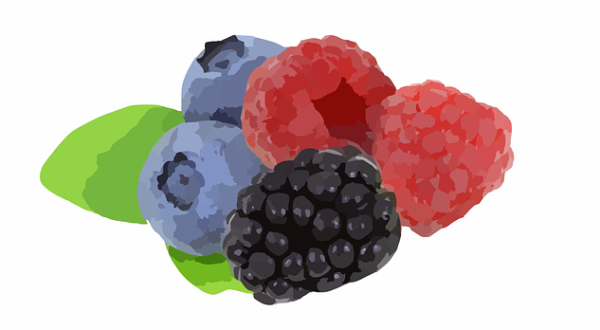
High Fibre Foods
Fiber is extremely important for the health of your digestive system and overall health and wellbeing.
Therefore a daily intake of adequate amounts of foods high in fiber are essential.
Check our list of fibre rich foods
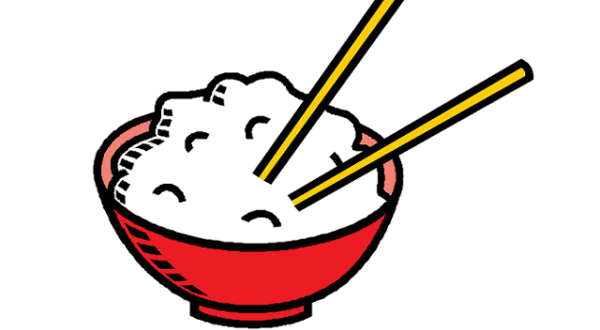
Low Fiber Foods
In some circumstances it is necessary to eat a low fibre diet for a short period of time
An intake of less than 10 grams is recommended when on a low fiber diet for bowel problems such as a bowel infection or diarrhoea.
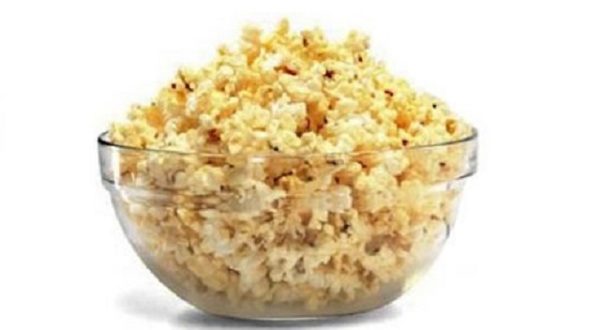
Insoluble Fibre Food Facts
Insoluble fiber foods do not dissolve in water and pass through the digestive system almost unchanged.
This allows them to sweep through the digestive system cleansing and providing important fuel to support a healthy microbiome
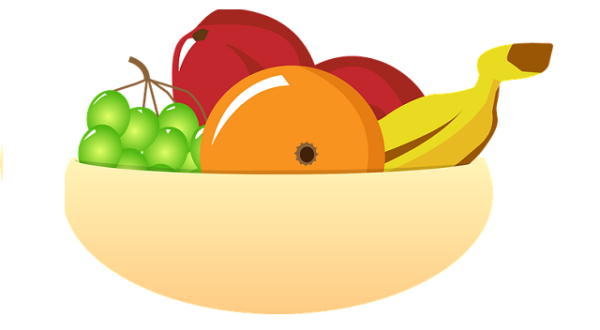
Soluble Fiber Foods
Soluble fibre foods are essential for keeping your digestive system healthy.
Soluble fiber plays a key roll in weight loss by making you feel fuller for longer. They also don’t add high levels of calories if you are on a calorie restricted diet.
What are Fibre Foods?
Fibre foods are foods that are naturally rich in fibre. Fibre food is also known as dietary fibre and can be also spelled as fiber.
It is a carbohydrate and because it is essentially indigestible, has close to no caloric value from its digestion.
These foods do not give energy to your body, although they do have many other jobs to do, which we discuss on this website.
Why are Fibre Foods so Important?
Fibre foods are important as they are massive contributors to overall health in many ways.
They maximize your body’s handling of glucose and insulin, slowing the absorption (digestion) of carbs.
The lack of fibre in someone’s diet increases the likelihood of developing diabetes, if partnered with an above average consumption of carbohydrates like simple sugars.
Eating fibre food helps in preventing colon cancer, as the insoluble fibres can bind cancer-causing materials, hastening their elimination out of the colon.
Fiber foods can also help with weight control, as it helps you feel full without needing to eat those unwanted calories. Therefore, foods with high amounts of fats and calories might be replaced with more fibrous alternatives. As an example, you could try replacing a honey-glazed donut for a healthier option such as a blueberry bran muffin.
THE TWO TYPES OF FIBRE or FIBER:
Soluble fibre – these are quickly dissolved in water, adding gummy-like aspect to foods, as it’s seen in pectin from fruit which is used in jellies
Insoluble fibre – these are, as the name says, components that do not dissolve in water, they are found in fruits, grains and vegetables, being indigestible by nature
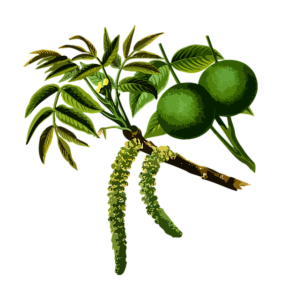
Soluble fibre foods can fight blood cholesterol, delaying its absorption in the digestive tract. Some will produce a fat-like material which can, after its absorption, lower the “bad” low density lipoprotein cholesterol (LDL).
Eating fiber foods prevents high ingestion of fat, calories and cholesterol by replacing these foods in our diets (keep in mind the donut example). Fibre creates a fullness feeling, as it is able to absorb water and swell. A meal composed of healthy fibre food will deliver you that feeling as it slows the food movement through the upper digestive tract.
They also prevent other diseases such as constipation and hemorrhoids, and other intestinal problems such as appendicitis, by keeping intestinal contents moist, making them easy to eliminate.
Fibre foods push against the digestive tract’s walls, stimulating its muscles, keeping them healthy and toned. It prevents diverticulitis, a disease in which these walls get weak and bulge, making them susceptible to infections and inflammations.
How Much Fibre Food Should we Consume Daily?
According to several sources, it’s recommended to ingest about 20 to 30g of dietary fibre food per day.
Can I ingest adequate amounts of fibre foods without supplementation?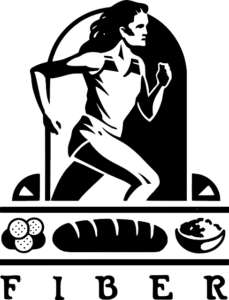
Unrefined grains are rich in fibre. These include
- Whole wheat pastas,
- Whole wheat breads,
- Brown rice
- Rye
- Oats and Oat bran
- Fruits, vegetables, seeds and legumes are also full of fiber.
Eating good amounts of these fiber rich foods is essential for you to achieve an adequate fibre intake, as well as other important nutrients.
As a bottom line to this article, a diet of foods high in fibre contributes to your general health, helping to regulate the digestive system and its functions, aiding in the prevention of many diseases and helping control body weight.
What is Psyllium Husk?
Psyllium husk is one of the richest sources of both soluble and insoluble fiber harvested from the plant of the Plantago ovata.
It is the common ingredient in many products like Metamucil but now you are more likely to find it in its pure form.
It comes in either husks or ground down into a fine powder.
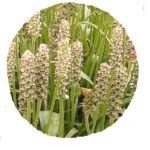
Check out our fibrefoods list to find out how much fibre or fiber is in your diet
We have also listed the best sources of fibre for you, if you are gluten intolerant or on a gluten free diet.
Check out our gluten free fibre foods list
